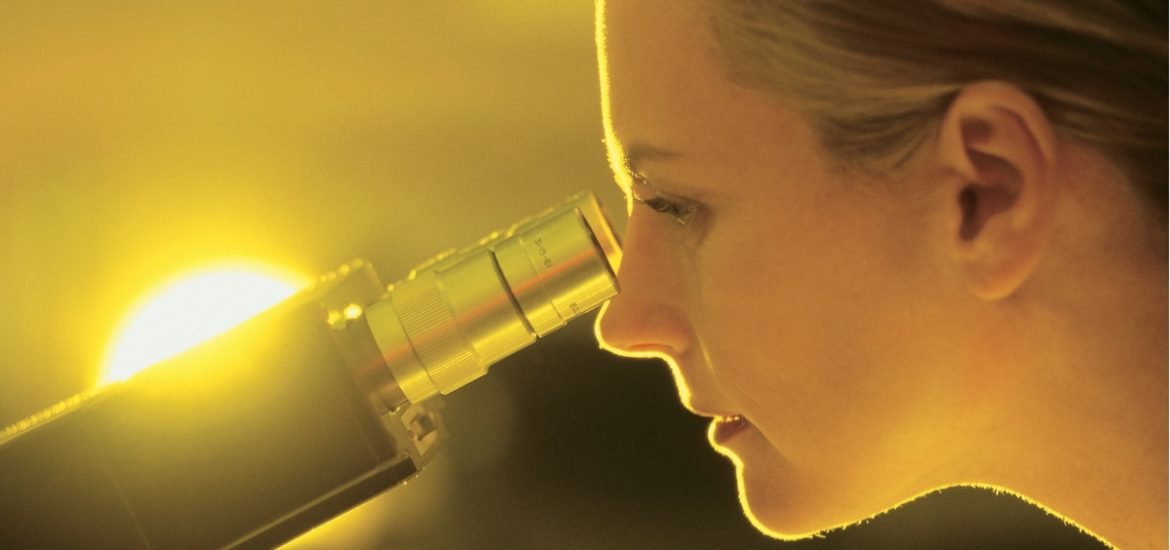
According to a recent study conducted by economist Dr. Catherine Tucker from Massachusetts Institute of Technology (MIT) and marketing professor Dr. Anja Lambrecht of London Business School, women see fewer ads related to Science, Technology, Engineering, and Math (STEM) careers than men (1). The early findings were reported on March 9, and the full study is due to be published soon in Management Science, according to Scientific American.
There is already a huge gender disparity in the STEM fields with most jobs disproportionately filled by men, particularly in the higher rungs of the career ladder. But despite it being illegal in the US and Europe to target jobs toward a particular gender, ad purchasing algorithms may not be abiding by the same laws.
The advertisement used by Tucker and Lambrecht in the study was designed to be gender neutral and run on various social platforms including Facebook, Instagram, and Twitter in addition to Google’s ad distribution network responsible for distributing ads across different websites. The result: 20 percent fewer women were exposed to the ad than men.
Why are women seeing fewer STEM job ads than men?
The algorithm disparity is down to the fact that women within the target age group have higher purchasing power than men, therefore, the cost per click is US$ 0.01 higher for women, based on US$ 181 worth of advertising examined on Google. According to the initial report, “younger women are a prized demographic and are more expensive to show ads to” and advertising algorithms are designed to optimize the cost-effectiveness of ads to ensure the maximum amount of people will see it.
While the study mainly focused on the US, the Facebook portion of the experiment was performed across 191 countries, and again, the cost per click for women was found to be a fraction of a cent higher. While the disparities may seem minimal, small amounts can add up quickly if you consider the size of the audience being targeted.
According to Scientific American, Tucker suggests that perhaps this could be solved if advertisers could run separate campaigns for men and women, however ironically, this would go against anti-discrimination regulations. Furthermore, there are still other reasons STEM jobs are disproportionately filled by men, such as academic culture and the stigma surrounding failure.
The study ties in well with previous findings on the STEM gender gap, and the overall effect is rather concerning. A well known internal report by Hewlett Packard found that men apply for a job when they meet only 60% of the qualifications, whereas women only apply if they meet 100% of requirements specified in the job listing. In addition, women’s failures are remembered twice as long as men’s.
Meanwhile, another study published in Proceedings of the National Academy of Sciences showed that men are more likely to be hired for mathematical tasks than women since potential employers don’t take into account the tendency of men to boast about their performance and exaggerate their abilities (2).
All these studies bring to light an important reality that women continue to be under-represented in STEM fields. Some further creativity may be needed to push past gender disparities in the STEM field and to see higher female representation in senior roles.
(1) Lambrecht, A. and Tucker, C.E. Algorithmic Bias? An Empirical Study into Apparent Gender-Based Discrimination in the Display of STEM Career Ads (2018). DOI: 10.2139/ssrn.2852260
(2) Reuben E., Sapienza P, and Zingales L. How stereotypes impair women’s careers in science. Proceeding of the National Academy of Sciences (2014). DOI: 10.1073/pnas.1314788111